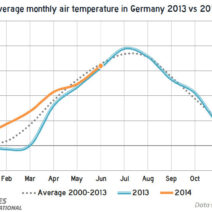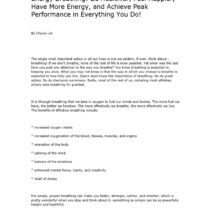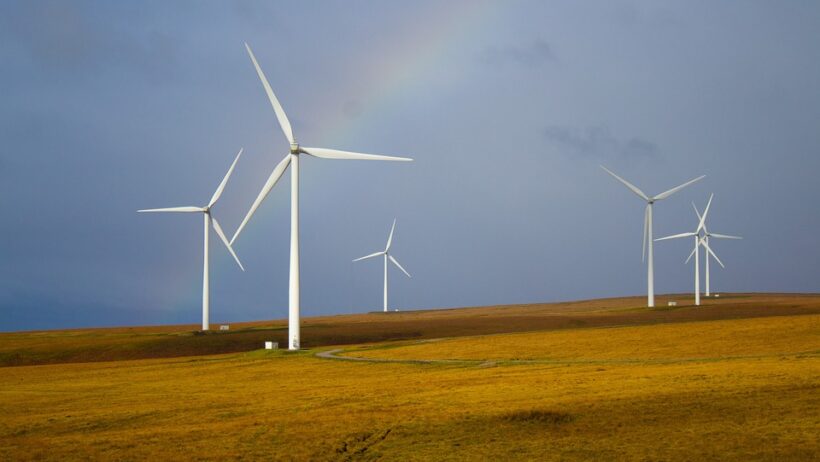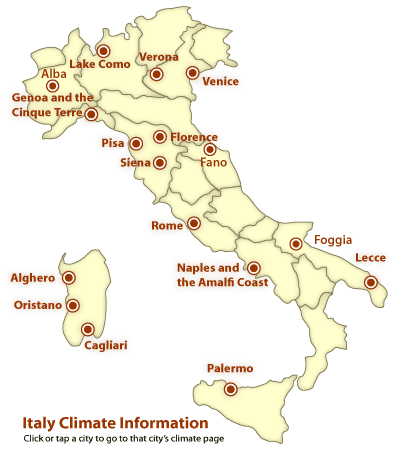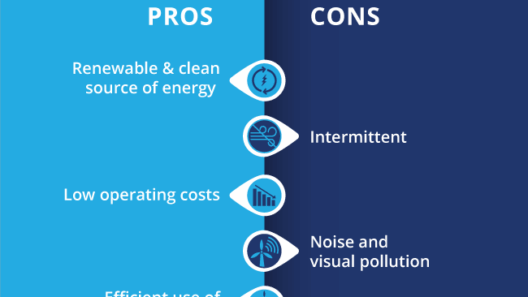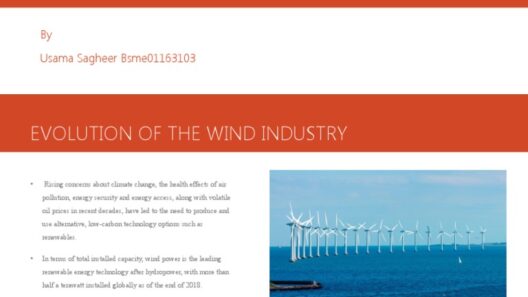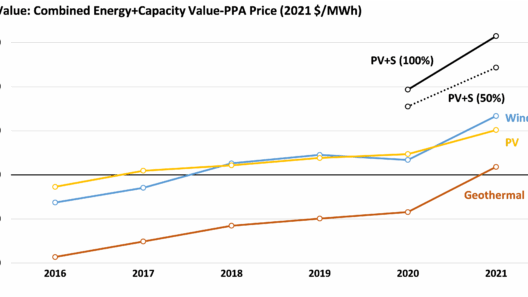In recent years, the conversation surrounding renewable energy has gained unprecedented momentum. As the world grapples with the effects of climate change, the pursuit of sustainable energy sources becomes increasingly critical. Among these sources, wind power emerges as a frontrunner, heralded for its potential to reduce carbon emissions and act as a sustainable alternative to fossil fuels. But the question that arises is: Is wind truly a renewable source of energy? This exploration delves into the intricacies of wind energy, examining both its advantages and challenges, while elucidating its role as a sustainable energy option.
Wind power is harnessed from the natural movement of air. Generating energy from wind involves using turbines that convert kinetic energy into electrical power. The promise of wind energy lies not only in its renewability but also in its capacity to mitigate environmental impacts. An analysis of its lifecycle, from production to consumption, gives clarity to its sustainability credentials.
At its core, the essence of wind energy is its reliance on an inexhaustible natural phenomenon. Unlike fossil fuels—coal, oil, and natural gas—each of which depletes finite reserves, wind is an omnipresent force. Wind currents are driven by variations in solar energy, atmospheric pressure, and Earth’s rotation, ensuring a continuous supply as long as the sun shines and the Earth spins. This characteristic makes wind energy a quintessential renewable resource. Moreover, modern technology has significantly boosted the efficiency of wind turbines, both in terms of energy conversion rates and scalability.
The allure of wind power extends beyond its availability; it plays a pivotal role in lowering greenhouse gas emissions. The burning of fossil fuels emits a considerable amount of carbon dioxide (CO₂), a major contributor to climate change. In contrast, wind turbines produce clean energy devoid of airborne pollutants. Studies indicate that for every 1 MWh of wind energy produced, approximately 0.9 tons of CO₂ emissions are avoided. This figure underscores wind energy’s contribution to an overarching strategy aimed at achieving a sustainable and stable climate.
However, while wind energy presents an array of benefits, it is imperative to scrutinize its environmental footprint. The construction and installation of wind farms can disrupt local ecosystems, leading to potential ecological disturbances. Noise pollution and visual impacts may also arise, prompting localized opposition to wind projects. Furthermore, it is essential to consider the end-of-life implications of wind turbines. The materials used in turbine construction, including metals and plastics, often require careful attention to recycling and waste management upon decommissioning.
In terms of economic viability, the costs associated with wind energy production have plummeted over the past decade, making it one of the most cost-effective forms of energy generation available today. The Global Wind Energy Council reports that onshore wind power is now cheaper than gas in many markets. This affordability, coupled with government incentives and technological advancements, has fostered a burgeoning wind energy sector worldwide. Investment in wind infrastructure provides not only job opportunities but also a boost to local economies, driven by the demand for skilled labor and maintenance services.
With wind energy firmly rooted in discussions of sustainability, it is critical to address its role within a diversified energy portfolio. Relying solely on any single source of energy exposes economies to fluctuations and instabilities. Therefore, while wind stands as a cornerstone of renewable energy strategies, it should be integrated with other sources, like solar and hydroelectric power, to create a resilient energy system. This synergy enhances grid stability and optimally utilizes varied climatic conditions.
Public perception and societal acceptance of wind energy also warrant attention. Engaging local communities throughout the planning and implementation phases of wind projects can foster a sense of ownership and alleviate potential apprehensions. Education campaigns that highlight wind energy’s benefits—both for the environment and the economy—can cultivate stronger community support and readiness for transition.
Thus, the question of whether wind is a renewable energy source finds a definitive answer in its intrinsic characteristics and ecological role. Wind energy, when tapped responsibly, epitomizes a sustainable energy solution that offers wide-reaching benefits, from significantly reducing greenhouse gas emissions to bolstering local economies. Yet, this potential can only be realized through careful planning, community engagement, and a focused effort to minimize environmental impacts.
As the world continues to navigate the complex web of energy production and consumption, wind energy stands as a hallmark of hope. It exemplifies the shifts necessary in a climate-constrained world, underscoring a broader trend towards sustainable energy systems. By embracing the wind, societies can forge a path toward a cleaner, more sustainable future—a world where energy is abundant, clean, and resilient.
In conclusion, wind energy exemplifies a renewable source of energy that aligns with the ecological and economic aspirations of contemporary society. Its ability to produce clean energy while fostering job creation and local development makes it an indispensable component of future energy strategies. As technological advancements progress, so too does the potential for wind energy to enrich and sustain our planet for generations to come.
